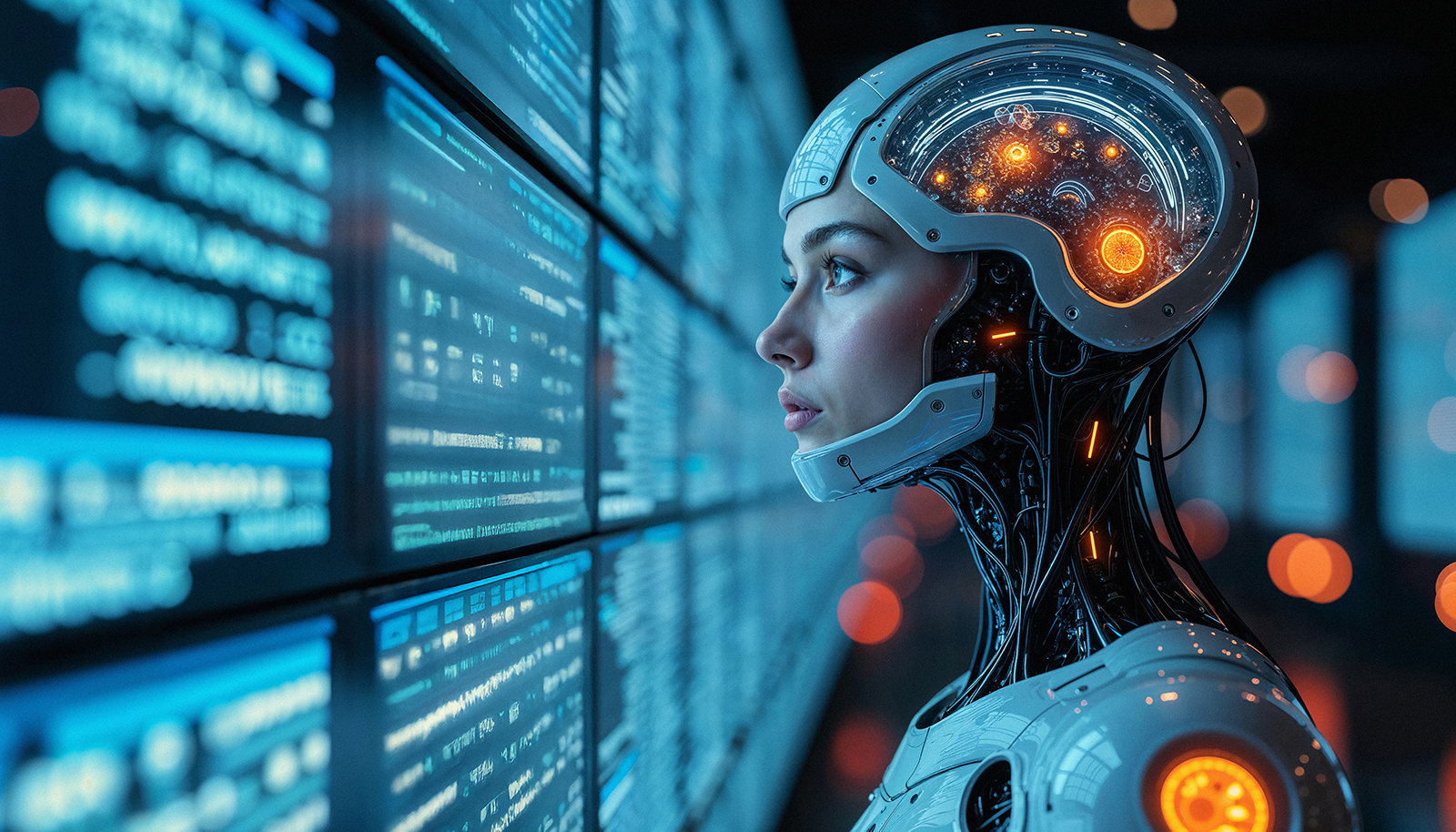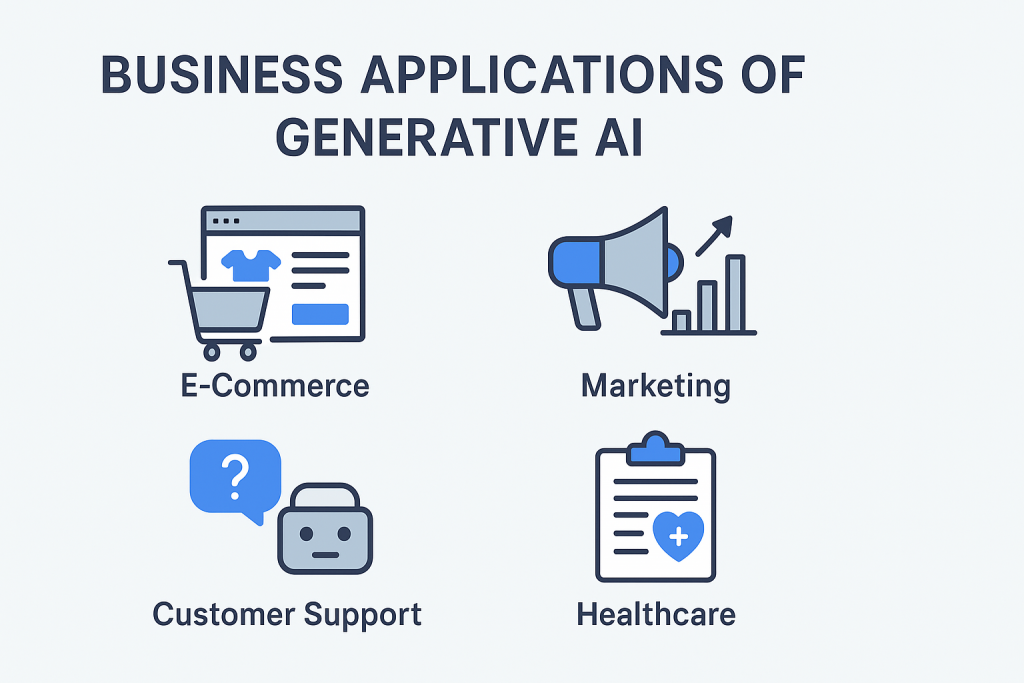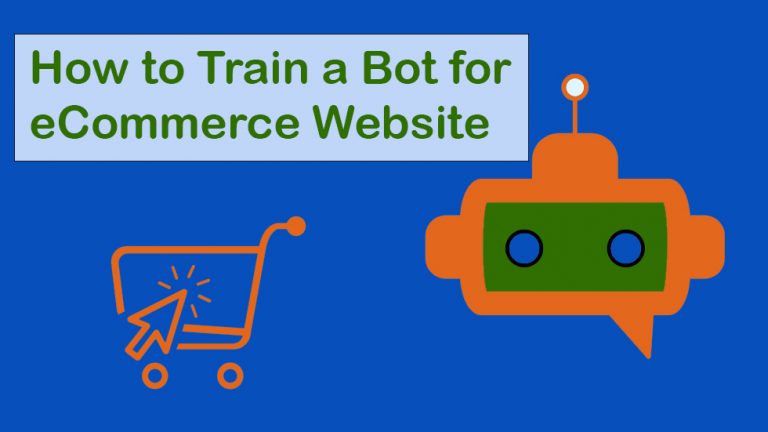Book Appointment Now

Generative AI Solutions : A Complete Guide
Generative AI refers to artificial intelligence systems that can create new content such as text, images, audio, video, or even code, based on patterns learned from data. Unlike traditional AI, which only classifies or predicts, generative AI actually produces original output.
Key Types of Generative AI Solutions
1. Text Generation
Tools like ChatGPT, Jasper, and Copy.ai generate articles, blogs, product descriptions, FAQs, and even code.
Example: An eCommerce store can use generative AI to create SEO-optimized product descriptions automatically.
2. Image Generation
Platforms like DALL·E, MidJourney, and Stable Diffusion generate images, banners, or product mockups.
Example: A fashion brand can generate AI-based clothing mockups before launching designs.
3. Audio and Speech
Tools like ElevenLabs and Descript generate realistic voices, audiobooks, or voiceovers.
Example: An e-learning platform can automatically generate multilingual voiceovers for video courses.
4. Video Generation
Tools like Runway and Synthesia create explainer videos, ads, or virtual presenters.
Example: A startup can generate product demo videos without hiring actors.
5. Code Generation
Tools like GitHub Copilot, Replit AI, and Tabnine help developers write or debug code.
Example: A web developer can generate boilerplate React code or fix bugs faster.
6. 3D and Design Generation
Tools like Kaedim and Luma AI generate 3D assets for gaming, AR/VR, and product design.
Example: A gaming studio can quickly create 3D characters or environments.

Business Applications of Generative AI
- E-Commerce
- Auto-generate product descriptions, ads, and personalized recommendations.
- Create virtual shopping assistants that chat naturally with customers.
- Marketing
- Generate blog posts, email campaigns, and social media content.
- Design ad creatives and variations for A/B testing.
- Customer Support
- Train chatbots with generative AI to handle complex queries.
- Summarize conversations and generate personalized replies.
- Healthcare
- Generate synthetic medical data for research.
- Draft reports and treatment recommendations.
- Education
- Create lesson plans, quizzes, and learning materials.
- Generate personalized study paths for students.
Benefits of Generative AI Solutions
- Saves time by automating repetitive tasks like writing, designing, and coding.
- Cost-effective compared to maintaining large teams in marketing, content creation, and design.
- Personalization through tailored recommendations, messages, and ads.
- Scalable content creation, such as thousands of product descriptions or images.
Challenges of Generative AI
- Accuracy issues, as AI may generate incorrect or misleading information.
- Bias, since outputs can reflect the training data.
- Ethical and copyright concerns, as ownership of AI-generated content is still unclear.
- Risk of over-reliance, which can reduce originality.
Future of Generative AI Solutions
Generative AI is moving beyond simple content creation. Future applications will include:
- AI-driven virtual influencers
- Fully automated eCommerce stores with AI-generated content, design, and marketing
- Real-time video generation for social platforms
- Digital twins for industries like manufacturing and healthcare
Final Thought: Generative AI is not just a tool—it is a co-pilot for businesses. The best results come from combining AI efficiency with human creativity.

